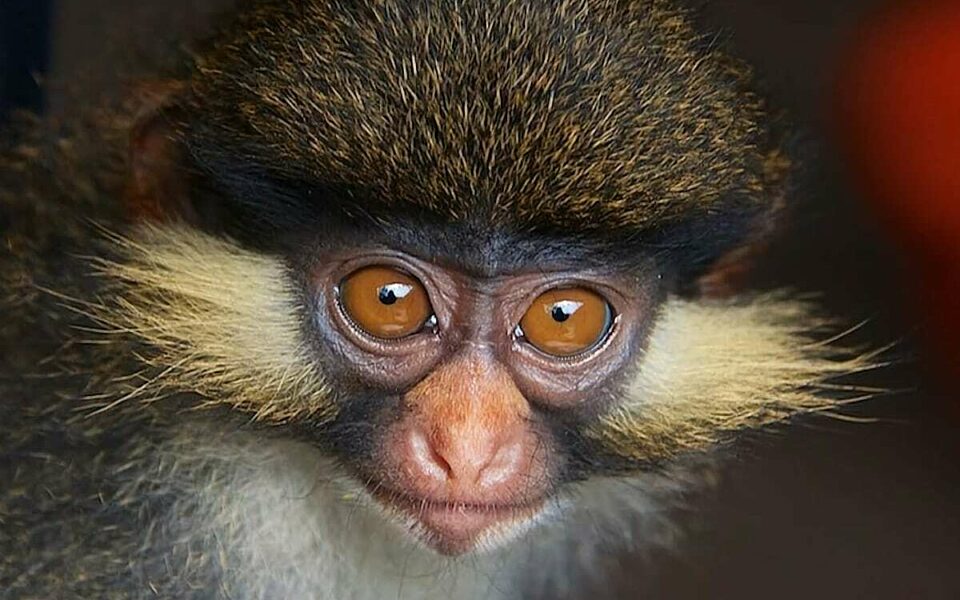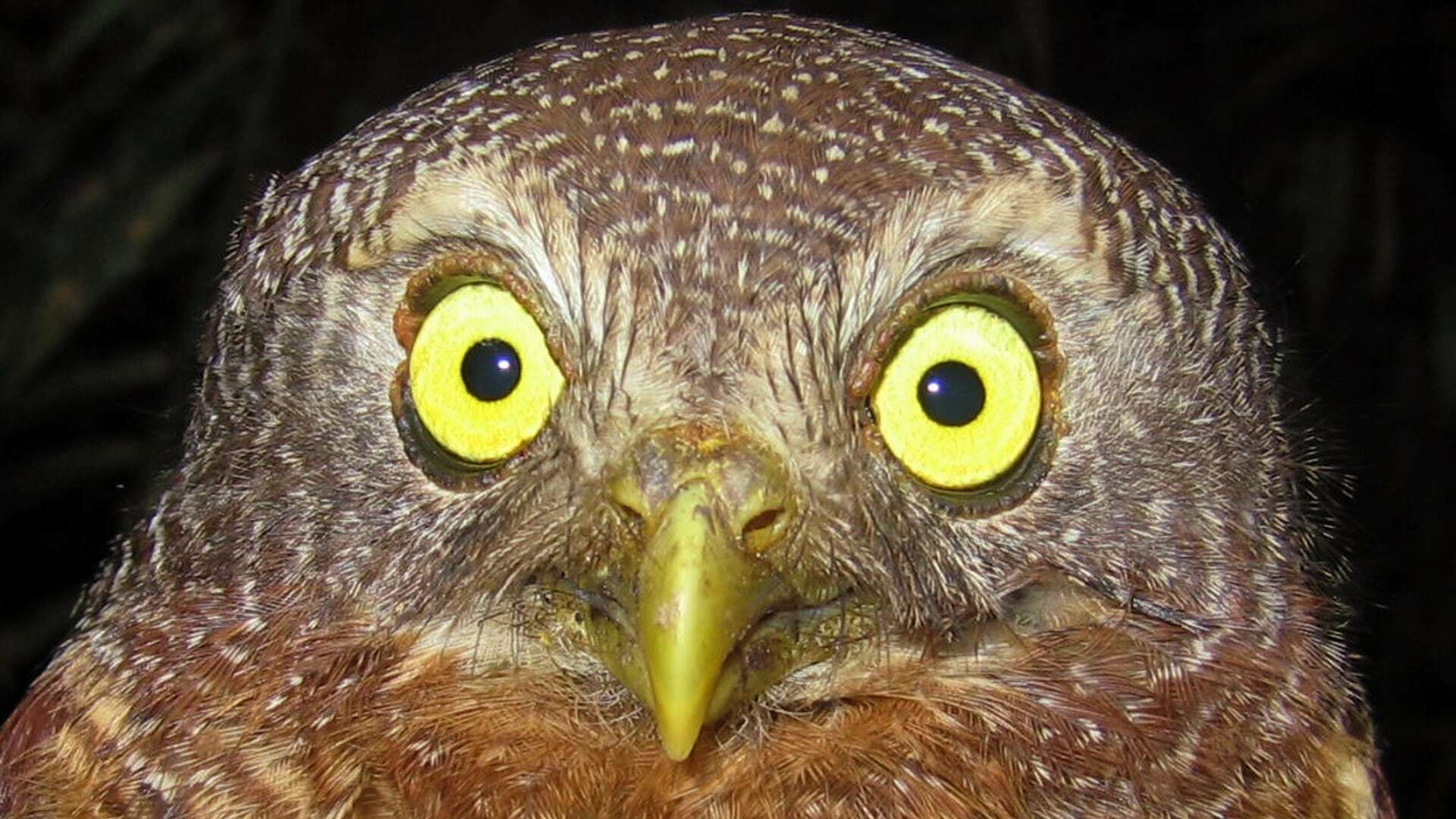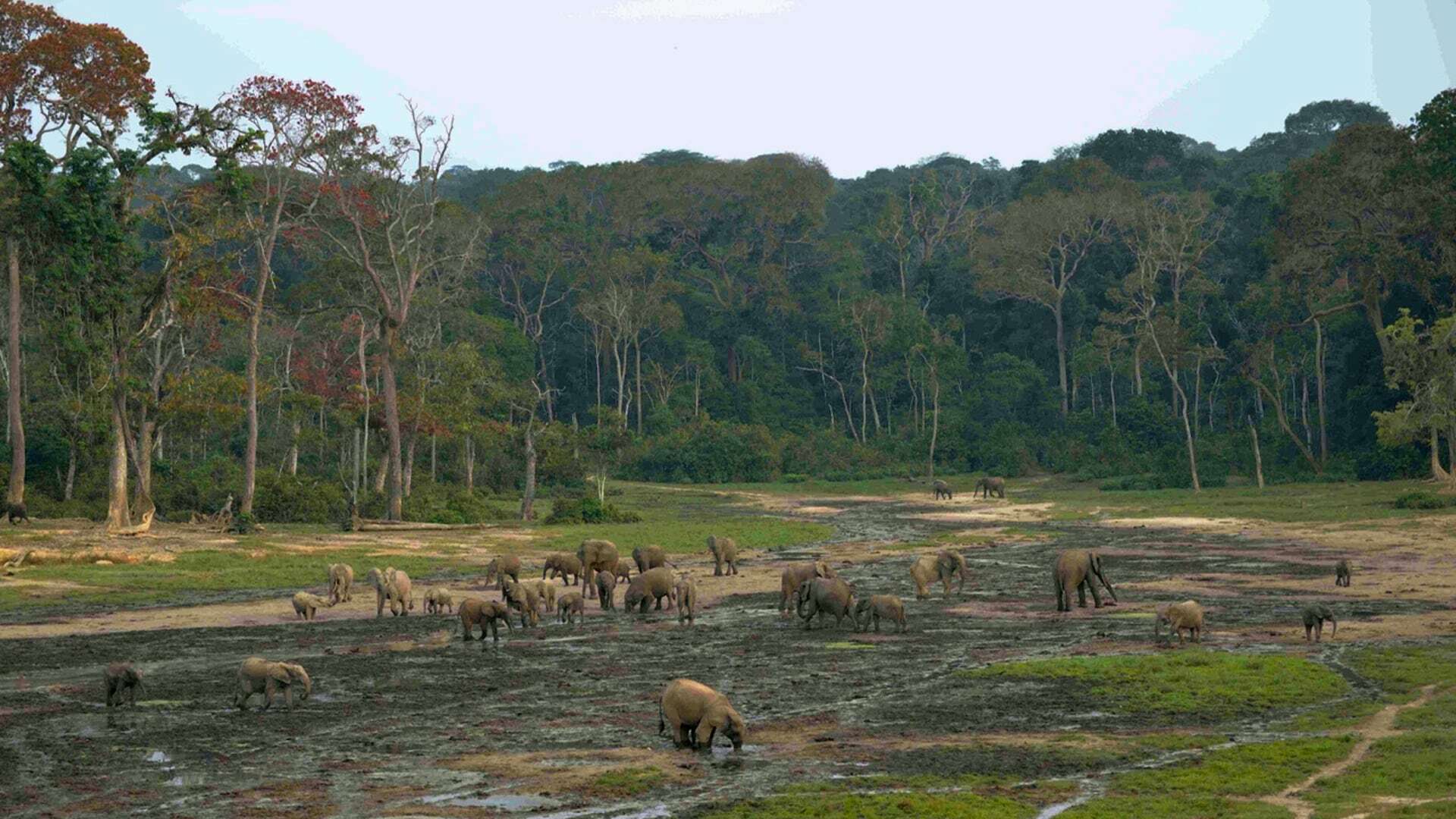
The Congo Basin in an Era of Climate Change
The rainforests of the Congo Basin are some of the most important centers of biological diversity on the planet and ground zero for climate change.
World War Zero, an online magazine fighting the climate crisis, has featured an op-ed piece by CBI's founding co-executive director, Tom Smith.
Healthy ecosystems and rich biodiversity are fundamental to life on our planet. Join us for a conversation with Kristen Ruegg, Racheal Bay, and Dr. Thomas Smith on biodiversity and climate change — and a discussion on what we all can do to help save our natural world.
The rainforests of the Congo Basin are some of the most important centers of biological diversity on the planet and ground zero for climate change. New approaches that identify regions where evolutionary processes are actively producing and maintaining biological diversity, and where adaptive variation is maximized (under future climate change) will be key for preserving biodiversity.
"The Congo Basin is critical for addressing climate change. Recent estimates suggest that the Congo Basin peatlands store the equivalent of nearly 30% of the world's tropical peatland carbon."
Climate Week has just ended, and it's important to remind ourselves that the future of the planet will depend on places such as Africa's Congo Basin. The rainforests of the Congo Basin -- about 1.4 million square miles in Central Africa -- harbor one out of every five species. I first traveled here in 1983, to study speciation of birds in the rainforests of southern Cameroon. Being there goes right to your soul. In Cameroon's rainforests alone, you can find more than 900 species of birds and 300 species of mammals. That includes 29 primate species -- such as the critically endangered cross-river gorilla, with only around 400 left in the wild. I've walked the same rainforest path here 1,000 times and on any given day, I might see something remarkable I've never seen before -- an insect with bizarre spines, or an animal behaving in a way that's totally new. When you're in the Congo Basin rainforests, you feel like you're shrouded in a cloak of timelessness. You feel as if things will never change. But a lot has changed in the past 35 years.

"Over the past 25 years our research shows that the vast ecotone — or region of transition between Congolese forest and savanna harbors critical adaptive variation and important regions for speciation."
The Congo Basin is critical for addressing climate change. Recent estimates suggest that the Congo Basin peatlands store the equivalent of nearly 30% of the world's tropical peatland carbon. While numerous efforts have been made to prioritize regions for conservation, exploitation of natural resources including timber, oil, natural gas and minerals are accelerating the increase in pressure on the Basin's plant and animal populations, severely limiting their capacity to respond to climate change. Traditional conservation prioritization efforts have focused on identifying and protecting threatened regions containing high species richness and endemism (species found in one area and nowhere else). However, such approaches alone have shown to be ineffective in capturing regions where evolutionary processes are actively producing and maintaining biological diversity.
Dr. Kristen Ruegg, Dr. Rachael Bay, and Dr. Thomas Smith Facebook Live conversation streamed on 10/15/20.
"Why are these regions important in an era of climate change? Because our research has shown that ecotones are where evolution happens at scale. It is where the processes that generate biodiversity take place."
Over the past 25 years our research shows that the vast ecotone -- or region of transition between Congolese forest and savanna harbors critical adaptive variation and important regions for speciation. The area of these ecotones can be up to 1,000 km wide and cover 8 million square km across Central Africa. In Cameroon, they are characterized by rainforest fragments floating in a sea of savanna. Contained in them, you find many rainforest species, but these ecotone populations live under drier and warmer environmental conditions than those found in the rainforests. So -- through natural selection -- these populations have evolved dramatic differences in traits from their rainforest counterparts. These include basic body traits such as size and wing length, but also physiological ones, such as sensitivity to temperature; and variation among traits and genes can vary tremendously in a single species along the gradient from rainforest to ecotones.
"With 40% of African plant and animal species at risk of extinction if the average rise in global temperatures exceeds 3°C..."
Why are these regions important in an era of climate change? Because our research has shown that ecotones are where evolution happens at scale. It is where the processes that generate biodiversity take place. Thus conserving these gradients preserves not just the pattern of biodiversity but the processes that preserve and maintain it.

Conserving processes will be essential in the face of climate change. With 40% of African plant and animal species at risk of extinction if the average rise in global temperatures exceeds 3°C, greater emphasis must be placed on protecting the ecotones of Central Africa. This is because preserving them provides a bet hedging approach to the effects of climate change, ensuring that some populations along the ecological gradient will be adapted to future climate and will be more likely to survive.
"...we must act swiftly and reduce greenhouse gases, for many species we've studied under future climate scenarios will be unable to survive in large parts of their current range by 2080."
In 2014, with funding from the National Science Foundation, a group of 40 collaborating scientists from 25 international and African universities and research institutions began a five-year project with the goal to develop an integrated plan for conserving Central African biodiversity under climate change. Focusing on Cameroon and Gabon, the goals were four-fold: 1) Map environmentally-associated genomic and phenotypic variation in a broad range of species; 2) Evaluate how evolutionary adaptation, phenotypic plasticity and landscape connectivity might mediate future threats; 3) Develop a prioritization scheme that ranks candidate areas on their evolutionary potential, connectivity, human impacts (e.g., roads, mines, forest loss due to logging), and degree of threat; 4) Promote education, training and capacity building.
"As the UN Global Biodiversity Outlook (GBO) reported last week we are at the crossroads. Humanity has failed to meet its targets for preserving biodiversity on the planet and the impacts of climate change are no longer on the horizon but here."
Integrating across seven taxa (including birds, mammals, insects, amphibians and plants) our results revealed patterns that we can now use to plan new protected areas and corridors between national parks. And for those species unlikely to be able to move northward? Our research can identify new protected areas where hopefully some populations can persist in situ. But we must act swiftly and reduce greenhouse gases, for many species we've studied under future climate scenarios will be unable to survive in large parts of their current range by 2080.
Currently, through our efforts at the Congo Basin Institute, we hope to extend our mapping approach to other countries to save as many species as possible. As the UN Global Biodiversity Outlook (GBO) reported last week we are at the crossroads. Humanity has failed to meet its targets for preserving biodiversity on the planet and the impacts of climate change are no longer on the horizon but here. Now is the time to make Climate Week every week and focus our attention and commitment to conserving the Congo Basin's extraordinary biodiversity. Because this is not only Africa's future. It's ours.
This op-ed originally appeared in Nature on April 17, 2019, but has been revised and updated for World War Zero.